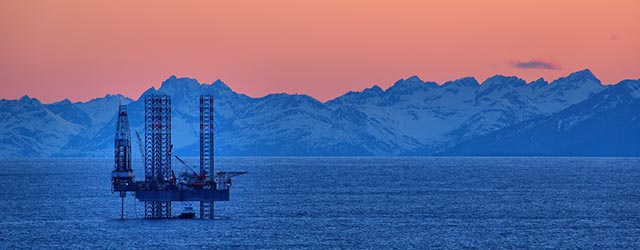Big oil companies waited for years to see if anyone could successfully tap into Arctic oil reserves.

The answer came at the end of September, when Royal Dutch Shell announced that it was suspending drilling off the coast of Alaska after finding insufficient oil and gas. The seven-year quest cost the company over $7 billion.
But this was only the latest bad news in an already grim scenario. A few weeks earlier, oil prices had dipped under the level of $40 dollars a barrel, a six-year low, with earnings for companies like ExxonMobil and Chevron slumping by more than 50% over the previous 12 months.
In this environment, exploring new sources of petroleum will be more problematic than ever. “Majors ran out of opportunities for big, low-cost, low-risk reserves in the 1980s,” says Arthur Berman, a petroleum geologist with 36 years of oil and gas industry experience. He works at Labyrinth Consulting Services in Houston: “The progressive ascent of national oil companies shut them out of the attractive prospects that remained, and the fiscal terms offered for the remaining opportunities were prohibitive, or the reserves were too small.
Deep-water ventures added significant but expensive reserves, but that is largely over, and some of the big international shale plays were unsuccessful. What remains are very expensive and risky places like the Arctic that have high probabilities of failure.”
As Shell’s experience demonstrates, the cost of failure has become unsustainable. Last year UK think tank Carbon Tracker Initiative warned that the largest new drilling projects need to earn at least $95 per barrel to break even. “There is no doubt that the low oil price environment makes oil drilling less attractive,” says senior commodity analyst at Commerzbank in Frankfurt Carsten Fritsch: “It needs to get worse before it gets better. Low prices are the best cure for low prices.” But proving that everything that goes down must come up, certainly, has never been so difficult.Big oil companies waited for years to see if anyone could successfully tap into Arctic oil reserves.



